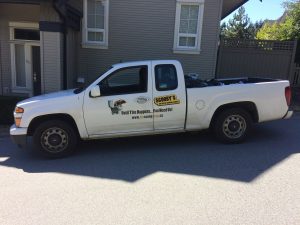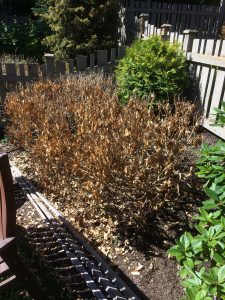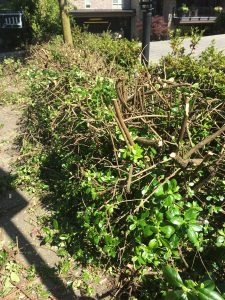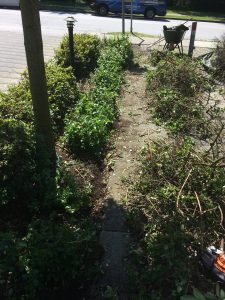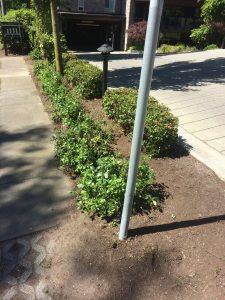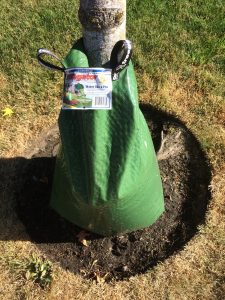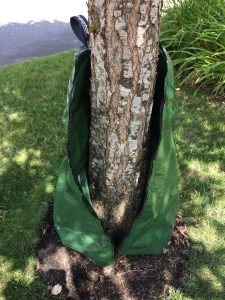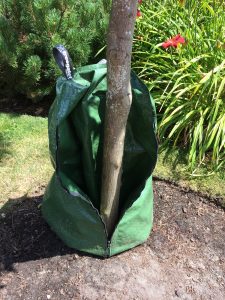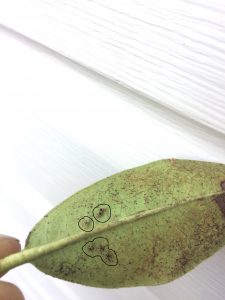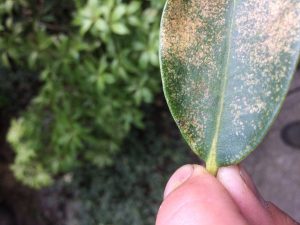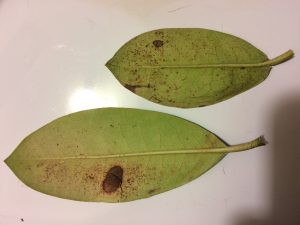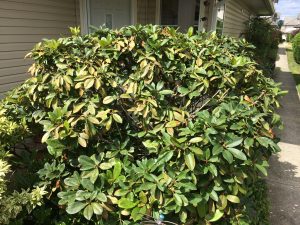While working yesterday, I ran into a worker every landscaper loves to see. Hired by the strata council he was on dog drop duty. Great. That really helps. I wish these dog waste companies were hired more often.
Yes, most of the dogs you see on site are adorable and many of their female owners are, too. But let’s be honest, some backyards are totally disgusting. So disgusting I actually have to include warnings in my training.
I’ve seen new lawn care dudes totally paralyzed when the next yard they have to cut is completely covered in dog waste. So, if you can, mow around the piles. As the grass gets tall around the pile there is a chance the owner will get the hint.
Angry owner
Several years ago I was confronted by the strata owner of a small patch of what used to be a lawn. He was angry because now he had a meadow. Obviously, as the strata landscaper I had to stay polite so I gently pointed out the massive piles of dog waste by now hidden in the tall grass. Nobody on the crew wanted to mow that yard.
Incidentally, when grasses are allowed to mature, they can reproduce sexually. I doubt this even entered the owner’s mind.
Now, he was really angry telling me there wasn’t anything buried in his lawn. And as he was saying this to me, he side-stepped along the wall, never actually stepping in his own meadow. Aha, case closed.
Doggy bags
If you have a weak stomach, skip this paragraph. Mower decks covered in dog waste are bad but nothing beats line trimming accidents. I openly admit to once slicing through an old improperly disposed of doggy bag. I have no idea how to describe the contents of an old doggy bag in language I can print. It’s a sick accident. No wonder I get excited when I see dog waste removal dudes.
Procedures
We mow around dog waste piles if possible. We skip totally covered yards. Some owners get notices; some get letters from strata council. All new workers are trained to line trim with goggles and their mouths closed. All workers have the right to refuse maintenance work in disgusting yards.
If you have a problem on site, definitely call a dog waste removal company. Your landscapers will love you for it.


